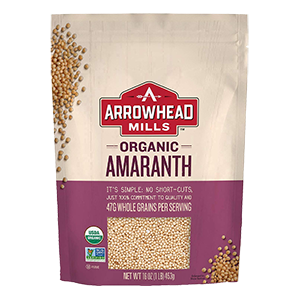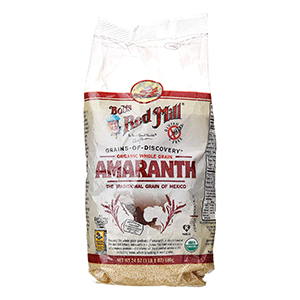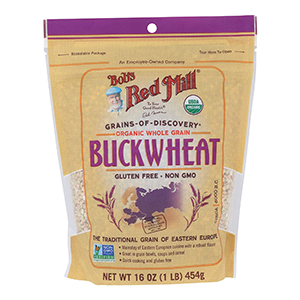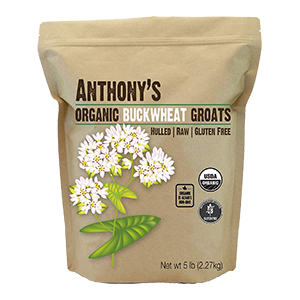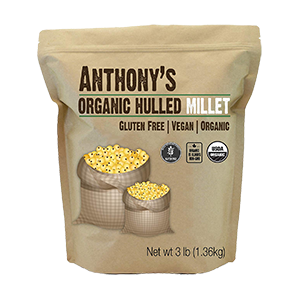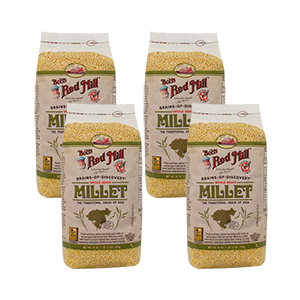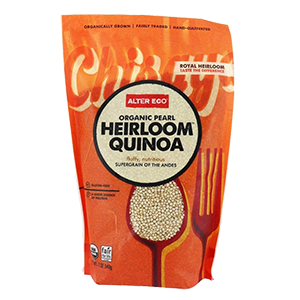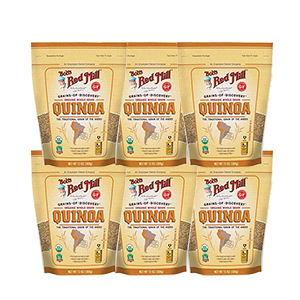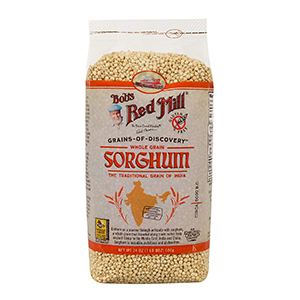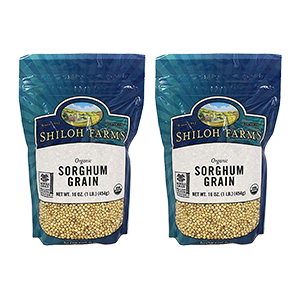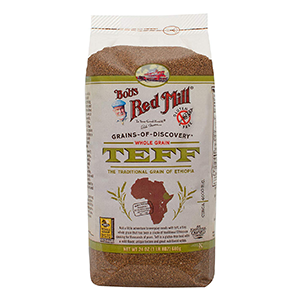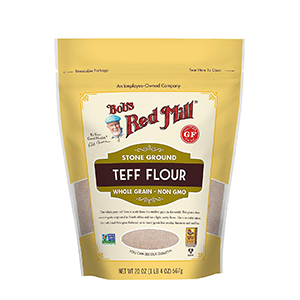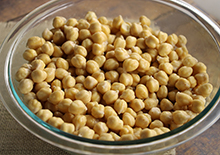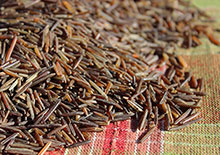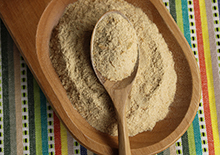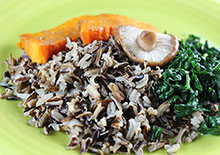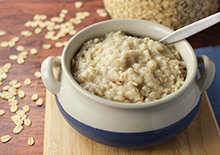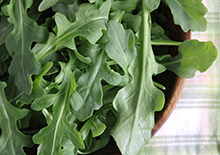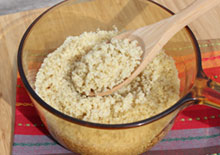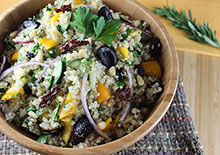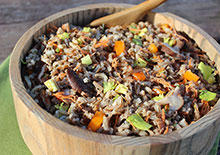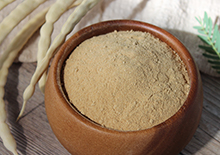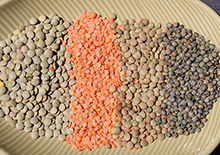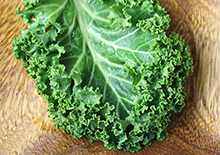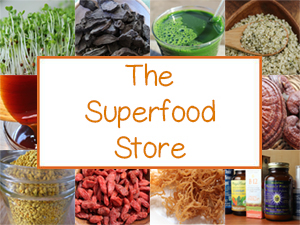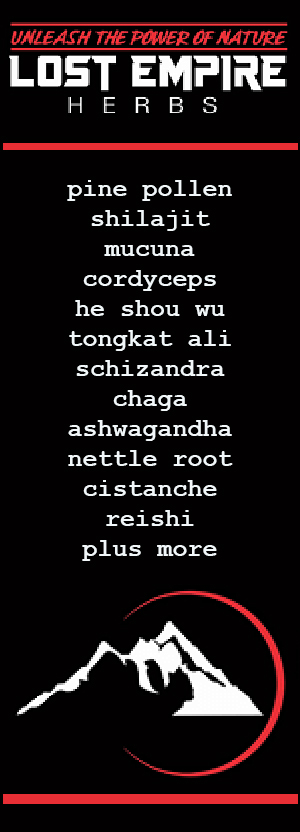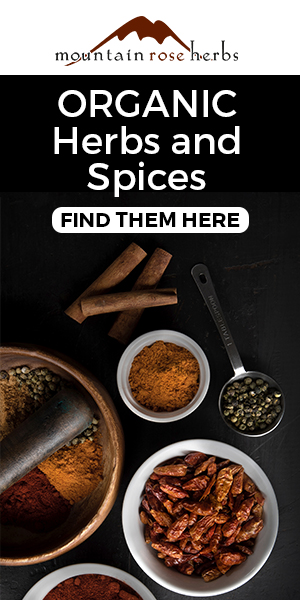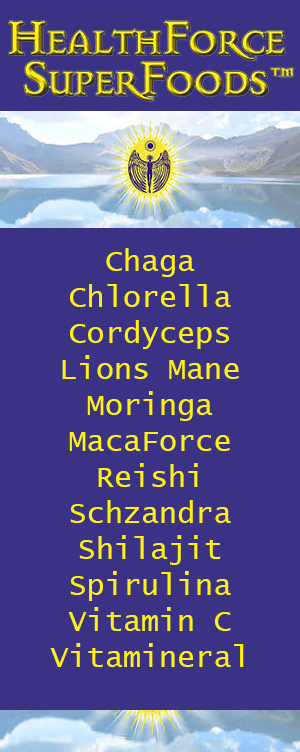- Home
- Plant-Based Cooking
- Ancient Grains
What are Ancient Grains? The Top Gluten-Free Varieties
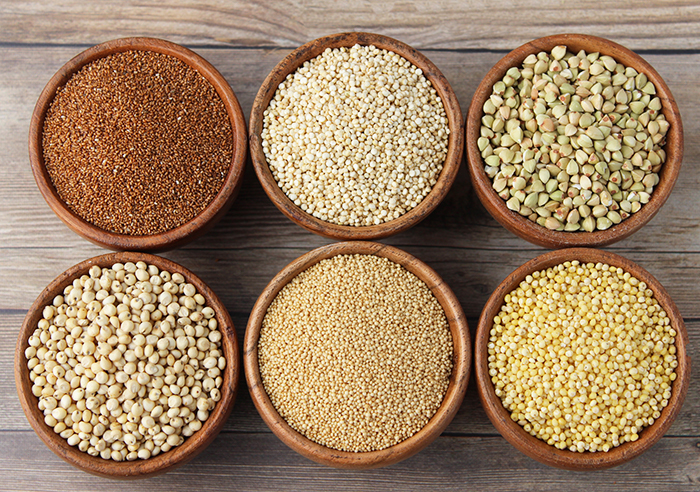
Ancient grains have been a trending whole food staple promoted since the mid-90's.
What
are ancient grains? The term is not scientific but one that
describes some of the original strains of staple grain crops that have
been cultivated since the days of early agriculture. This was a time,
indicated by archaeological evidence, that occurred about 10,000 or more
years ago.
Humans before this period were hunter-gatherers living a more nomadic lifestyle in small bands or tribes. The development of plant-based crop cultivation, as well as animal domestication, is what largely encouraged a sedentary lifestyle and the expansion of human society.
Quality ancient grains come from species that have been less influenced by selective breeding, a process utilized to "selectively develop" certain phenotype characteristics by inbreeding plants to maximize desirable traits such as yield.
Ancient grains traditionally used by ancient civilizations are often viewed to be hardier species and, although they are less suited for mass production, are thought to offer greater nutritional value than common types most frequently grown, predominantly corn, rice, durum, and bread wheat.
Ancient grains can be grouped into three main categories: major cereals, minor cereals, and pseudocereals.
- Ancient Major Cereals - are types of grasses, typically wheat varieties like spelt, kamut, farro, einkorn, emmer, and freekeh. They are whole grains composed of the endosperm, germ, and bran. While they are proposed to contain less gluten than modern wheat, they are not gluten-free grains.
- Ancient Minor Cereals - are also in the grass family, but are technically seeds of the plant and are not a type of wheat.
- Ancient Pseudocereals - are not grasses but rather grain-like seeds of certain plant species.
On this page, we take a brief look at the top ancient "gluten-free" pseudocereals and minor grains, their origins, nutritional attributes and taste qualities. For more on how to prepare these varieties visit our page on How to Cook Gluten-Free Grains.
Top 6 Gluten-Free Ancient Grains List
More on Gluten-Free Grain Nutrition Data
Gluten, a type of protein found in common cereals like wheat, barley, and rye, is not well tolerated by those with gluten sensitivities or celiac disease. As we mentioned, it is also present in the other top ancient grain wheat varieties like spelt, kamut, farro, emmer, einkorn, and freekeh. (*)
Although glutenous grains are not an issue for some people, many choose to seek other alternatives for health reasons. Fortunately, there are several nutritious gluten-free options available that can be used as flour and grain replacements.
These are the top ancient gluten-free varieties that have been utilized since early plant cultivation.
1) Millet
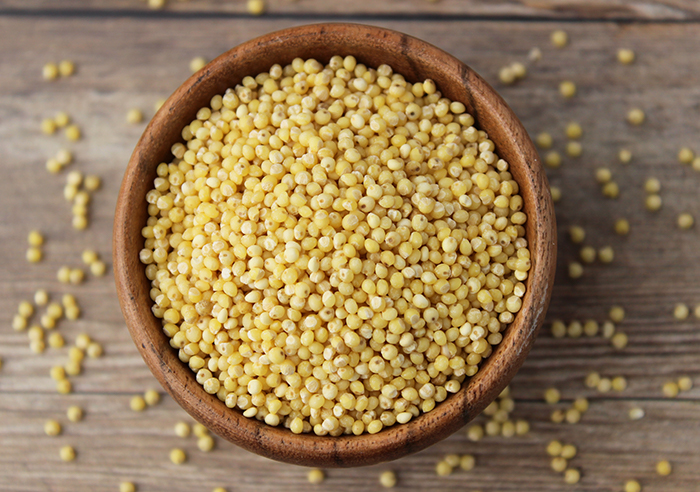
Millets comes from a group of many seeded grasses that produce small yellowish to cream-colored grains. The most common ancient varieties are pearl millet (Pennisetum glaucum), proso millet (Panicum miliaceum) and foxtail millet (Setaria italica). (Source)
These types of millet were found in many ancient diets and are still staple food sources in regions of Asia and Africa, including India, China, Mali, Niger, and Russia. They grow in semi-arid tropical climates and are a drought-resistant, fast-growing plant producing a high yield of grain.
In the U.S., one may think of clustered branches of millet as a common household bird feed. But millet today is becoming more popular worldwide as the trend for ancient grains and gluten-free substitutes continues to increase. It is also a relatively inexpensive variation compared to other ancient grains and is a quick-cooking variety.
Millet
(One Cup of Cooked - 174g)
Protein - 6.1g, 12%
Carbohydrate - 41.2g, 14%
Fiber - 2.3g, 9%
Fat - 1.7g, 3%
Calories - 207, 10%
(Percent Daily Values are based on a daily intake of 2,000 calories.)
Millet is a good source of manganese, magnesium, phosphorus, copper, and zinc as well as B vitamins like niacin, thiamin, B6, and folate.
Taste: Millet has a distinct but pleasant slightly sweet flavor that goes well with savory or sweet dishes.
2) Amaranth
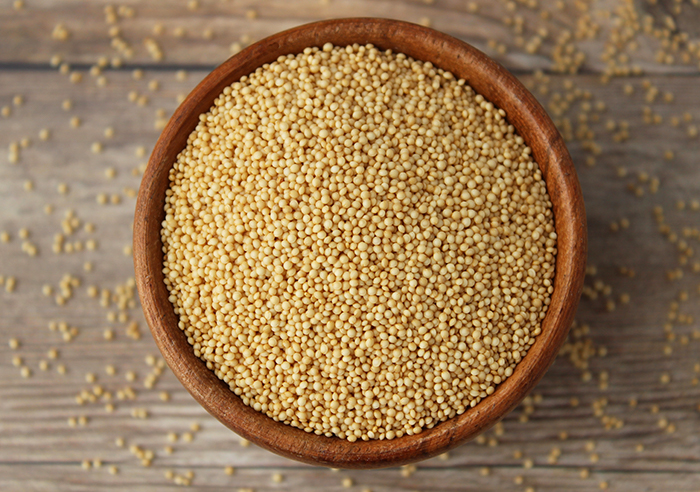
Amaranth was once a staple grain of the Aztec culture who worshiped it in spiritual ceremonies. Story has it that Spanish conquistadors, after the conquest of the Aztec territory, banned the use of this traditional food in an attempt to destroy their civilization.
Amaranth is a gluten-free pseudocereal grain that is a very tiny seed commonly produced from the species Amaranthus caudatus, the main Andean variety called kiwicha.
Amaranth
(One Cup of Cooked - 246g)
Protein - 9g, 18%
Carbohydrate - 46g, 15%
Fiber - 5.2g, 21%
Fat - 3.9g, 6%
Calories - 251, 13%
(Percent Daily Values are based on a daily intake of 2,000 calories.)
It is one of the highest in starch content, containing an average of 40 grams per 1 cup of cooked amaranth. It is the second highest in protein of all gluten-free types. Amaranth is high in calcium and a good source of the minerals manganese, iron, magnesium, phosphorus, copper, and selenium as well as the B vitamins B6 and folate.
Taste: Cooked amaranth has curled germs, similar to quinoa, and a porridge-like consistency with a slightly crunchy texture. It does tend to have a stronger flavor that you will either enjoy or not particularly care for.
3) Sorghum
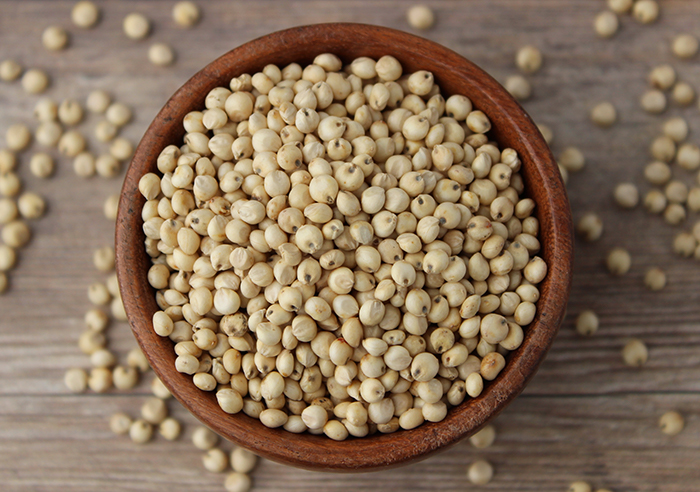
Sorghum or Sorghum bicolor is one of the lesser-known minor cereal grain species in the Western world but is actually on the list of grains, after rice, wheat, barley, grown in commercial worldwide production. It is related to sweet sorghum varieties that are utilized for their sugary stalks used to make sorghum syrup.
Sorghum is often claimed as one of the ancient grains historically distributed along trade routes. It is still today a staple food source grown in regions of Africa, especially Egypt, Ethiopia and Sudan where it is utilized as a traditional grain for making flatbreads, porridge, beverages and has long been used as a livestock feed. (*)
Adaptable to a range of climatic conditions, it is widely cultivated in U.S. "Sorghum Belt" with Kansas and Texas currently the world's leading producers.
Recently, sorghum has been popularized as a gluten-free grain option for those with wheat gluten intolerance. The dry rounded grain is larger than other gluten-free varieties, about the same size as buckwheat groats. Sorghum grains are usually off-white or pale yellow but can also be red, purple and brown.
Sorghum
(One Cup of Cooked - 192g)
Protein - 6.6g, 13%
Carbohydrate - 46g, 15%
Fiber - 5g, 20%
Fat - 2.2g, 3%
Calories - 219, 11%
(Percent Daily Values are based on a daily intake of 2,000 calories.)
Nutritionally, sorghum (sometimes called milo) contains a good balance of protein, fiber, vitamins, and minerals such as magnesium, iron, phosphorus, copper and the B vitamins niacin and B6.
Taste: After cooking, it has a chewy hardy firm texture and nutty-sweet flavor.
4) Teff
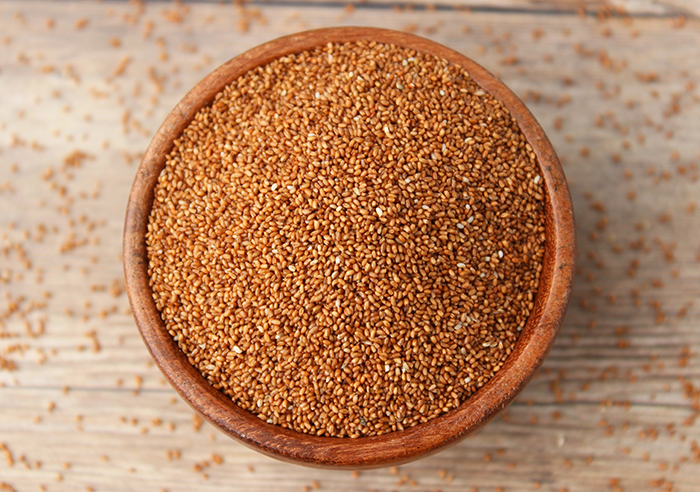
Teff (Eragrostis tef) is a minor cereal grain as opposed to a pseudocereal and is native to the Horn of Africa where it is a traditional ancient grain of Ethiopia, Somalia, and Eritrea.
The seeds of teff, often a reddish-brown color, are very tiny about the size of a poppy seed, which enables it to cook rather quickly.
As a domesticated crop, it is another hardy species able to resist drought as well as withstand waterlogged conditions.
Teff is one to add to your list of gluten-free options and is especially known for its high concentration of essential amino acids, making it a great plant-based protein-rich food and a good alternative for vegan cooking.
Teff
(One Cup of Cooked - 252g )
Protein - 9.8g, 19%
Carbohydrate - 50g, 16%
Fiber - 7.1g, 28%
Fat - 1.6g, 2%
Calories - 255, 13%
(Percent Daily Values are based on a daily intake of 2,000 calories.)
Teff is a good source of the B vitamins thiamin, B6, niacin, and folate as well as the minerals manganese, copper, magnesium, phosphorus, iron, and zinc. Like amaranth, it is particularly known for its high calcium content with one cup of cooked teff making up about 12% the Daily Value.
Taste: Teff has a mild nutty earthy taste and porridge-like consistency.
5) Buckwheat
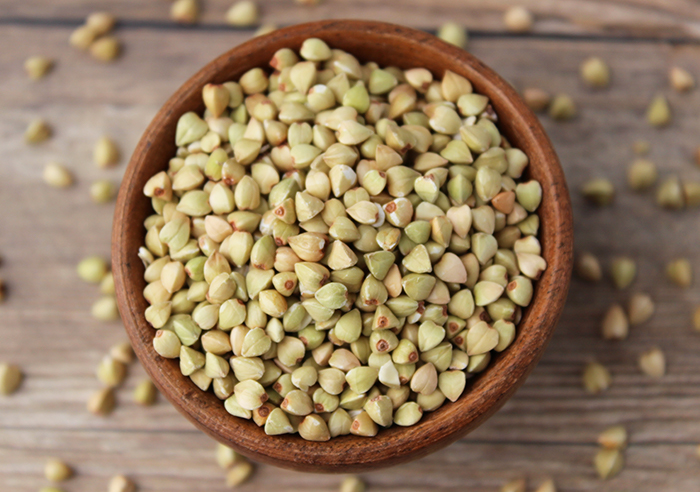
Although the gluten-free ancient grain known as buckwheat has the word "wheat" in its name, it isn't a type of wheat but is a pseudocereal produced from the seeds of a plant closely related to rhubarb.
Fagopyrum tataricum was first believed to be cultivated in Southeast Asia particularly the western Yunnan region of China near the Tibetan Plateau. From there, its popularity as a cooked grain staple made its way up to Eastern Europe. As a result, cooked buckwheat has influenced many cultural dishes spanning this widespread territory.
The seeds, often called groats, have a triangular shape and are high in mucilage, which becomes evident when soaked in water. The raw groats after cooking have a unique soft texture and unmistakable buckwheaty flavor.
Buckwheat Groats
(One Cup of Cooked - 168g)
Protein - 5.7g, 11%
Carbohydrate - 33.4g, 11%
Fiber - 4.54g, 18%
Fat - 1.04g, 1%
Calories - 155, 8%
(Percent Daily Values are based on a daily intake of 2,000 calories.)
Buckwheat is also shown in research
to be a valuable source of rutin, a bioflavonoid with antioxidant
properties. It is a good source of protein, fiber, magnesium, manganese,
phosphorus, iron, copper, zinc, and niacin.(*)
Taste: Cooked buckwheat is nutty and slightly bitter. Kasha buckwheat are groats that are toasted and cooked which have a nutty sweet flavor.
6) Quinoa
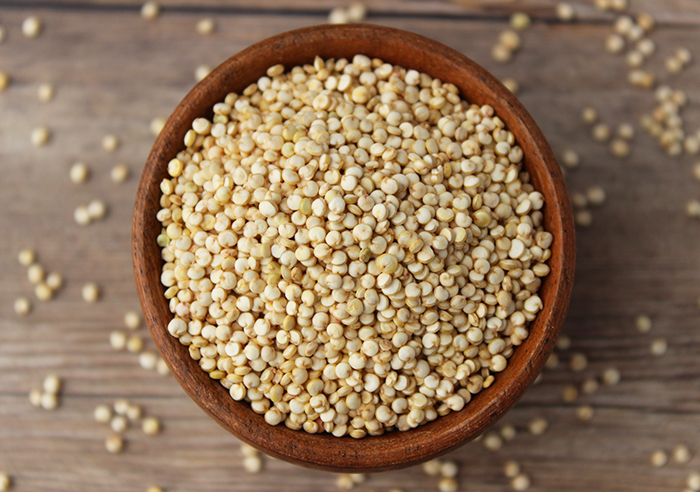
Another pseudocereal, quinoa is the seed of a non-grass species that belongs to the same family as amaranth and kañiwa.
Chenopodium quinoa is a species native to the Andean region of South America, and was a staple grain of the Incan peoples, who called it chisaya mama or "mother of all grains."
According to the Lost Crops of the Incas, "Quinoa can be grown under particularly unfavorable conditions, at high elevation, on poorly drained lands, in cold regions, and under drought." (*)
Uncooked quinoa seeds have a flat rounded shape and, when completely cooked, pop open to form tiny soft grains with a curled germ falling off of them.
Quinoa grain has a bitter saponin coating that in large amounts can act as an "antinutrient" which may cause digestive issues. Most quality quinoa suppliers, however, pre-rinse the grains to remove most of these saponin compounds. (See two different ways to cook quinoa here.)
Quinoa
(One Cup of Cooked - 185g)
Protein - 8.1g, 16%
Carbohydrate - 39.4g, 13%
Fiber - 5.2g, 21%
Fat - 3.6g, 5%
Calories - 222, 11%
(Percent Daily Values are based on a daily intake of 2,000 calories.)
Quinoa is another protein-rich ancient grain containing about 8 grams of protein per one cup of cooked quinoa. It is a good source of manganese, magnesium, phosphorus, copper, and iron as well as the B vitamins folate, thiamine, riboflavin, and B6.
Taste: Quinoa has a slightly bitter taste but a pleasant buttery rich pasta-like flavor.
Selecting Quality Ancient Grains
As always, we recommend purchasing from quality suppliers that are certified organic and non-GMO. In addition, some brands also used heirloom varieties that are slightly closer to originally cultivated ancient grain species.
Precautions:
We always recommend soaking and rinsing grains prior to cooking methods to improve overall digestibility. It is important for those with gluten sensitivities or those with celiac disease to purchase all gluten-free ancient grains from brands that are processed in a certified gluten-free facility. Products should indicate this with a Certified Gluten-Free seal on the label.
Shop Related Products (About Affiliates & Amazon Associate Paid Links)
Affiliate Disclaimer: This section contains affiliate product links. If you make a purchase through our recommended links, we receive a small commission at no additional cost to you. Thanks for the support.
